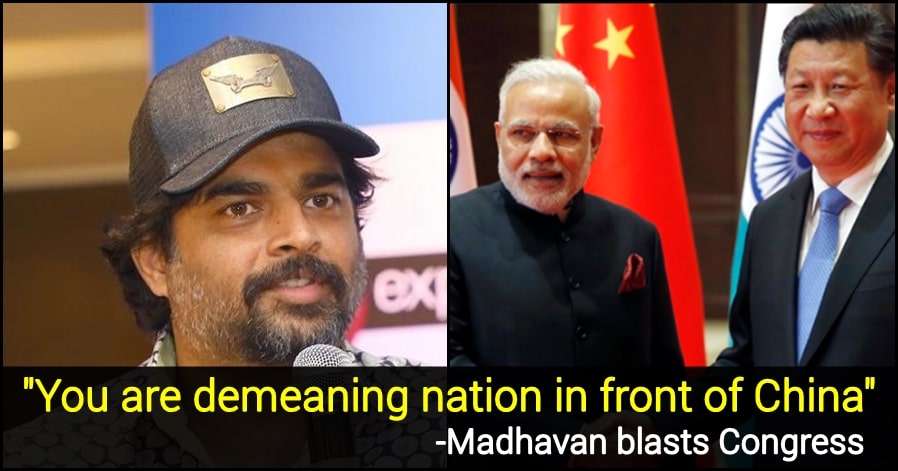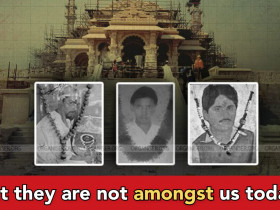No products in the cart.
1747 war in which Marathas defeated Mughals and protected the Shiv temple
Shivaji, a great warrior & visionary laid a strong and solid foundation that after his death in 1680, several battles were fought between Marathas and Mughals from 1681 to 1707. That means these wars lasted 27 years and ended with the death of Aurangzeb in 1707. Under the leadership of Shrimant Peshwa, Bajirao Marathas defeated Mughals almost 40 times. Despite the fact that Marathas had less army than Mughal. It is said that the Mughals were razing Hindu temples because they hated Hindus. They started destroying Hindu temples and moved on to Harishchandragad fort where the Shiv temple is located inside the fort. But Marathas did not let this temple be demolished and protected it from Mughals.
Shiv Temple in Harishchandragad Fort:
This temple is dedicated to Lord Shiva. A big Shiva Linga is located inside a cave of Kedareshwar, which is completely surrounded by water. Its height from the base is five feet, and the water is waist-deep. It is not easy for anyone to reach the Shiva Linga because the water is ice-cold. There is a huge rock above the Shiva Linga. There were four pillars built around the Shiva Linga to support the cave. Another interesting thing about this shrine is that water drips from the four walls on an everyday basis.
A battle between Mughal and Maratha:
While Marathas were fighting for their lives, their homeland, their freedom, their religion and honor of their women, the Mughal army was a paid army of mercenaries recruited from Iran and Central Asia. They were trained in how to fight conventional battles.
Though Mughal had a huge army with having around 500,000 troops. It was one of the largest armies during that time. Despite having a vast army, they never wanted to fight face to face. But Marathas played a tactic and harassed them by stopping their supplies and cutting communications and plundering their depots. Marathas also began to raid and destroyed Mughal territory outside Maharashtra too in order to financially weaken Mughals by reducing their revenue collection and resource availability (resources like grain, fodder, and so on). But Mughals could not do the same to Marathas since their country of Western Deccan – full of mountains and forests did not have many resources.
When war broke out, Mughals had only the ability to field a regular force of 200,000 men, but Aurangzeb had come to Deccan with 500,000 men. This meant that he started using reserve wealth of the Mughal empire that was accumulated during the reign of Akbar, Jahangir and Shah Jahan. As this accumulated wealth come to an end, the Mughals army started becoming vulnerable.
Due to a shortage of food, many soldiers of Mughal died. Rate of loss was that during each year of 25 years of Mughal Maratha War, Marathas lost 8,000 soldiers per year while Mughals lost 20,000 soldiers per year. When the war ended, 500,000 Mughal soldiers and 200,000 Maratha soldiers died.












